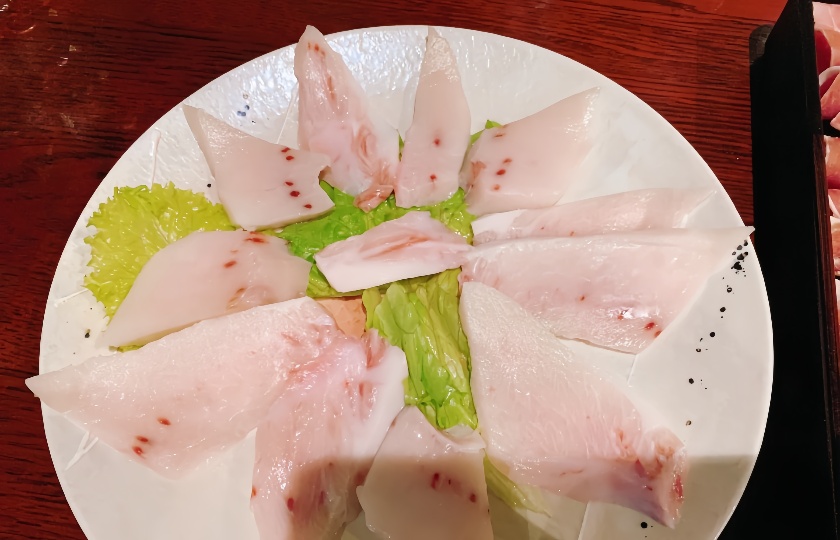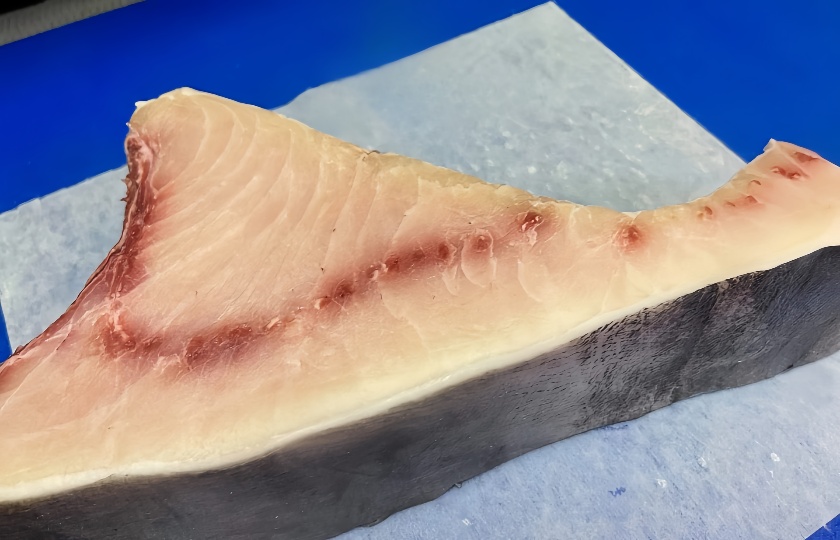Cooking Conundrum: Can I Cook Frozen Swordfish?
 I received a super interesting question today: "Can I cook frozen swordfish?" This is definitely a topic worth discussing! Swordfish is such a delicious and unique ingredient, and handling it when it's frozen requires some special considerations. Let's take a closer look!
I received a super interesting question today: "Can I cook frozen swordfish?" This is definitely a topic worth discussing! Swordfish is such a delicious and unique ingredient, and handling it when it's frozen requires some special considerations. Let's take a closer look!
What are some precautions for cooking frozen swordfish?
Yes, you can definitely cook frozen swordfish, but there are a few important steps to follow first. If you're taking the swordfish straight from the freezer, it's not a good idea to cook it immediately. Cooking it this way can lead to uneven heating, with the outside cooking faster than the inside, which affects both taste and food safety.
To get the best results, thaw the frozen swordfish in the refrigerator. This slow thawing process helps maintain the fish's tenderness. If you're in a hurry, you can also thaw it in cold water. Just place the swordfish in a sealed plastic bag and submerge it in cold water, changing the water every so often until the fish is thawed. Avoid using hot or warm water, as this can compromise the texture of the fish.
Once the swordfish is thawed, you're ready to cook! You can choose your preferred cooking method. For example, poaching swordfish with some vegetables like broccoli and carrots can make a nutritious and delicious fish soup. Alternatively, you can try pan-searing, grilling, or baking the swordfish to bring out its unique flavors.
Should l defrost swordfish before cooking?
Yes, you should definitely thaw swordfish before cooking it. Imagine throwing a frozen swordfish straight into the pan – the outside would cook while the inside stays icy cold, leading to uneven cooking and a less-than-ideal texture and flavor.
So, how should you properly thaw swordfish? Here are two great methods:
Refrigerator Thawing:
Place the frozen swordfish in the refrigerator and let it thaw slowly. This method takes longer but helps maintain the fish's freshness and texture.
Cold Water Thawing:
If you're short on time, you can place the swordfish in a sealed plastic bag and submerge it in cold water. Make sure to change the water regularly to keep it cold. This method is quicker but might slightly affect the texture of the fish.

What if l forgot to thaw my fish?
If you realize you forgot to thaw the fish and need to cook it soon, don’t worry! You have a couple of options:
Microwave Thawing:
Use the defrost setting on your microwave. Place the fish on a microwave-safe plate and set the appropriate time based on the size and thickness of the fish. Be cautious, as microwaving can start to cook parts of the fish, so cook it immediately after thawing.
Cold Water Soak:
Place the fish in a sealed plastic bag and submerge it in cold water. Change the water regularly to keep it cold. This method is gentler than microwaving but can still affect the texture slightly.
While these quick methods can work in a pinch, the best way to thaw swordfish is always in the refrigerator. This method preserves the fish’s flavor and texture the best.
How to tell if swordfish is bad?
1.Color:
Fresh swordfish should have a bright, shiny, silver-white color. If the color has turned dull, yellowish, or has dark brown or black spots, it’s likely a sign of spoilage.
2.Smell:
Fresh swordfish should have a mild, ocean-like smell without any off-putting odors. If you detect a strong fishy, sour, or otherwise unpleasant smell, the fish has probably gone bad and should not be consumed.
3.Texture:
The flesh of fresh swordfish should be firm and elastic. When you press it with your finger, it should spring back quickly. If the flesh feels mushy, lacks elasticity, or appears to be breaking down, it’s likely spoiled.
4.Eyes:
If you’re dealing with a whole swordfish, check the eyes. They should be clear and bright. If the eyes are cloudy, dull, or sunken, it’s a sign the fish is no longer fresh.
5.Gills and Scales:
Fresh swordfish gills should be red or pink, and the scales should be tightly adhered to the body. If the gills are gray or brown and the scales are falling off easily, the fish has likely gone bad.

How can you tell if swordfish is undercooked?
1.Chopstick Test:
This is the simplest and most direct method. Gently insert a chopstick into the swordfish. If it goes through easily without much resistance, the fish is likely cooked. If you feel resistance or it’s hard to penetrate, it needs more time to cook.
2.Observe Texture Changes:
During cooking, watch the texture of the swordfish. As it cooks, the flesh will become firmer and the color will change from translucent or pale to opaque white. When the flesh is fully white and looks cooked, it’s probably ready to serve.
3.Cooking Time:
The cooking time can vary based on the method and the size of the swordfish. Generally, you don’t want to overcook swordfish, as it can become tough and dry. However, undercooking is also a concern. It’s helpful to know the size of your swordfish and the recommended cooking time, then adjust as needed.
Tips:
Use medium or low heat for a more controlled cooking process.
If unsure, use a chopstick to check the thickest part of the fish.
Serve cooked swordfish with various seasonings and sides for enhanced flavor!
How long does it take to cook frozen swordfish?
The cooking time for frozen swordfish can vary depending on the method and the size of the fish. Here’s a guide for different cooking methods:
Pan-Searing Frozen Swordfish:
After thawing the swordfish, use medium-low heat to pan-sear it. Typically, it takes about 3-5 minutes per side. However, this is just a reference time. If the swordfish steak is thicker, you might need to extend the cooking time to about 5-7 minutes per side. Cook until the surface is golden brown and a chopstick or fork inserted into the fish meets no resistance, indicating it’s cooked through.
Baking Frozen Swordfish:
Preheat your oven to around 400°F (200°C). For small pieces of swordfish, bake for 10-15 minutes after thawing. For larger pieces, it might take 15-20 minutes or even longer. Keep an eye on the surface color; when it turns a beautiful golden brown and has a slight char, it should be done. You can also insert a toothpick or small fork into the center of the fish; if clear juices run out, the swordfish is cooked.
Boiling Frozen Swordfish:
Place the thawed swordfish into already boiling water and simmer on low heat. Thin slices of swordfish might take about 3-5 minutes, while larger pieces could need 8-12 minutes. Watch for the color change in the fish; when it turns from translucent to opaque white, it’s likely done.























